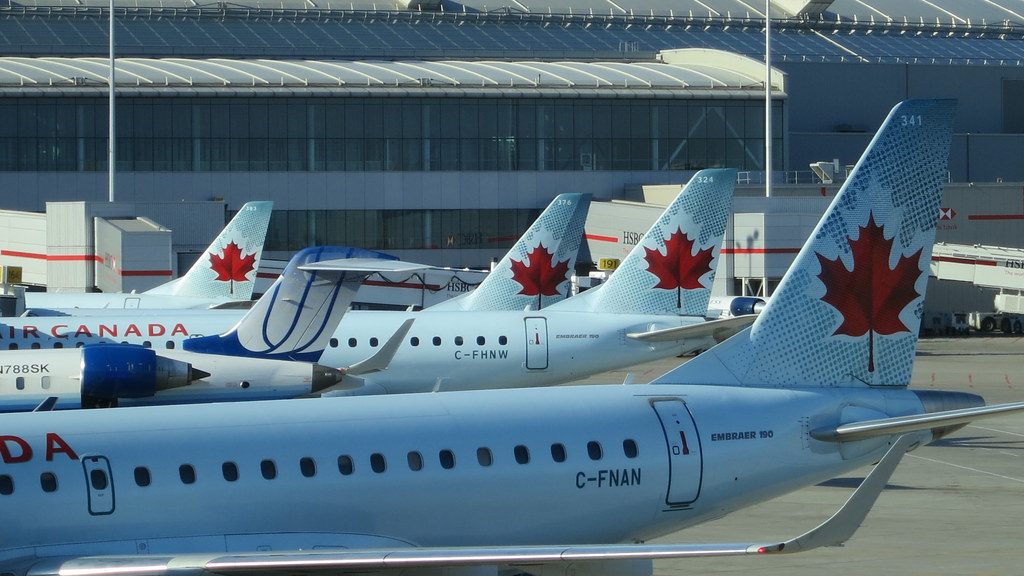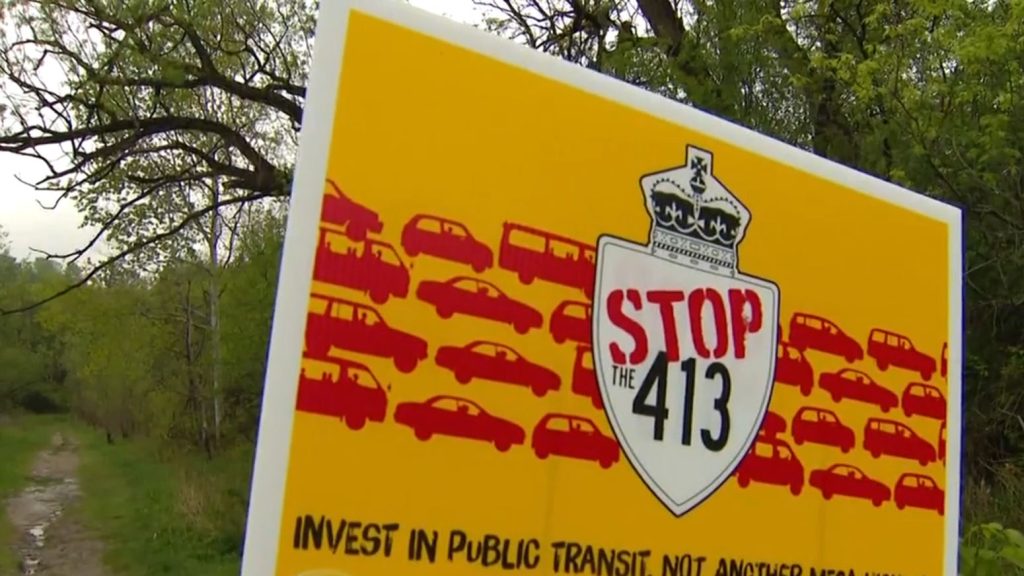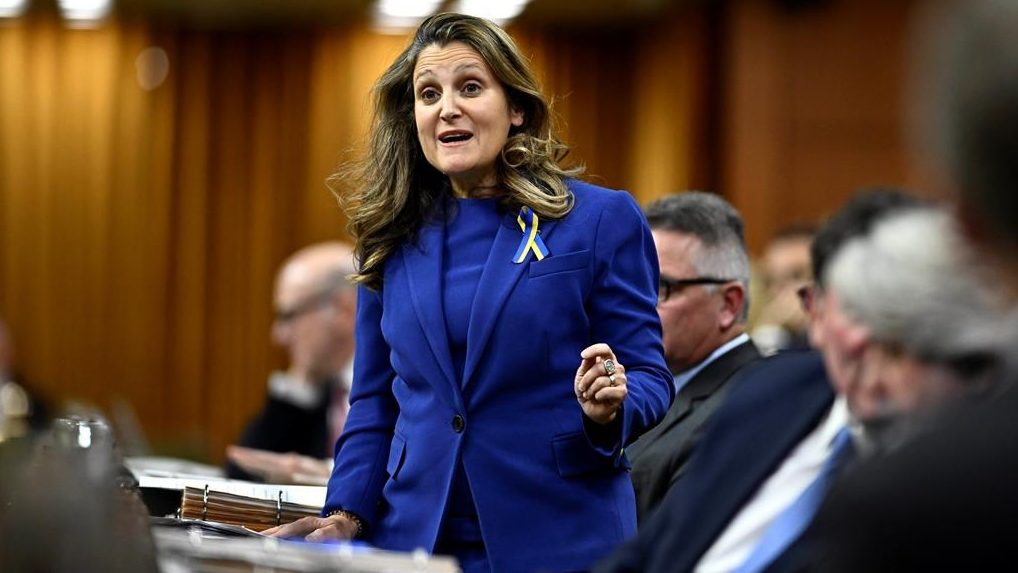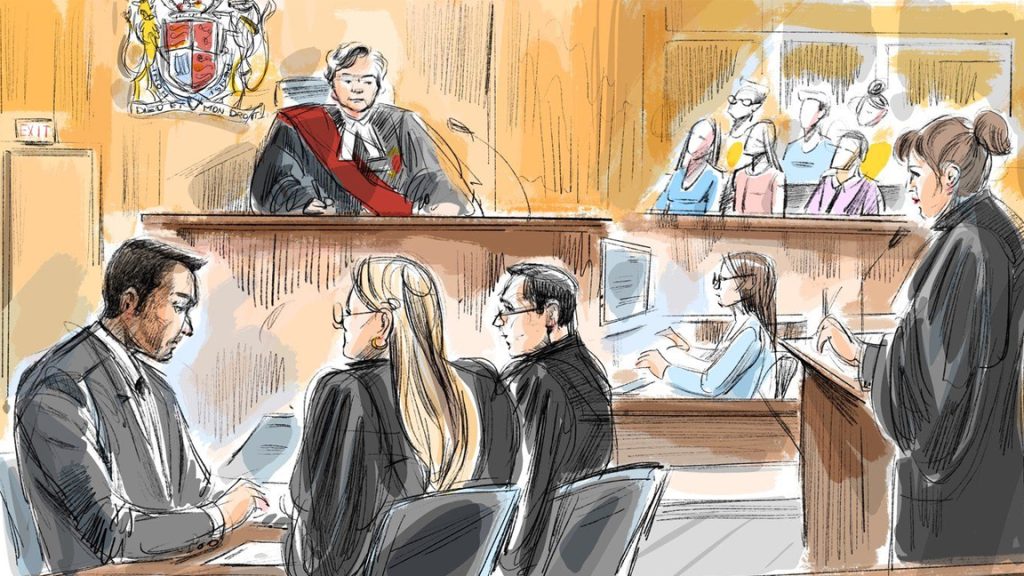Exiting shuttle Discovery has carried pieces of Canadian space history
Posted February 25, 2011 9:21 am.
This article is more than 5 years old.
A Canadian astronaut who’s flown aboard U.S. space shuttles admitted to feeling a tad melancholic as Discovery blasted off on its final mission Thursday.
Chris Hadfield looked on as the launch carried some Canadian science experiments into space and, with it, took the soon-to-be-retired U.S. shuttle program one step closer to extinction.
“It’s sad that this is the last flight of this great vehicle, but it’s wonderful that this vehicle has done what it’s supposed to do and done it magnificently,” Chris Hadfield said from Cape Canaveral, Fla.
The shuttle will be retired when it returns to Earth in 11 days, after transporting six astronauts up to the International Space station on its last flight.
After Discovery, there will be only two more flights of the American space workhorses before they all head for museums.
The shuttle Endeavour’s last flight is tentatively scheduled for April 19, while Atlantis’s farewell trip will be June 28th. Hadfield has flown on both those space transporters in the past, but not on Discovery, the oldest shuttle in the U.S. space fleet.
Three other Canadian astronauts — Roberta Bondar, Bjarni Tryggvason and Julie Payette — have flown on Discovery, which has logged 143 million miles in space since its first mission in 1984.
Hadfield points out that three quarters of all the astronauts who have ever been in space flew on an American shuttle. His next space ride will be aboard a Russian Soyuz in 2012.
Hadfield says that, despite the many accomplishments of the shuttles over almost three decades, it’s time to move on.
“There are not too many cars from 1981 driving around on the road and, no matter how great a vehicle is, at some point you need to say, ‘It’s time to building something else,'” he added.
“And like any great vehicle like the Santa Maria or the Model T or the 707, we take those lessons, we thank the designers for the incredible capabilities they’ve given us and then we use that to move on and build even more capable vehicles in the future.”
Hadfield notes that U.S. shuttles helped build the Russian space station Mir, took up and repaired the Hubble space telescope, and “of course built the (International) Space Station with the Canadarms.”
While no Canadian astronauts are aboard Discovery, it will be helping out with a number of Canadian experiments, including a continuation of “Hypersole.”
The University of Guelph project, which has been described as the ultimate tickle test, is taking a closer look at why some astronauts experience a tingly sensation in their feet.
The life-sciences experiment, which began on an earlier shuttle mission, may help aging seniors back on Earth who have problems with their balance.
Discovery will also bring back samples from 24 Canadian white spruce seedlings which it shipped up to the space station in April 2010.
Samples grown in microgravity will be returned to Earth and scientists will analyse their DNA to help understand how trees make wood that are of benefit to the forestry industry.
A third Canadian experiment now going on aboard the space station has been to study changes in blood-vessel structure during long missions. It’s looking for anything that might reflect changes associated with the aging process.
Discovery will be returning to Earth with blood samples for analysis by University of Waterloo scientists.
It will also deliver a so-called “pry bar” which will be used to help deploy a spare arm for Dextre, a Canadian robotic system used outside the space station.










